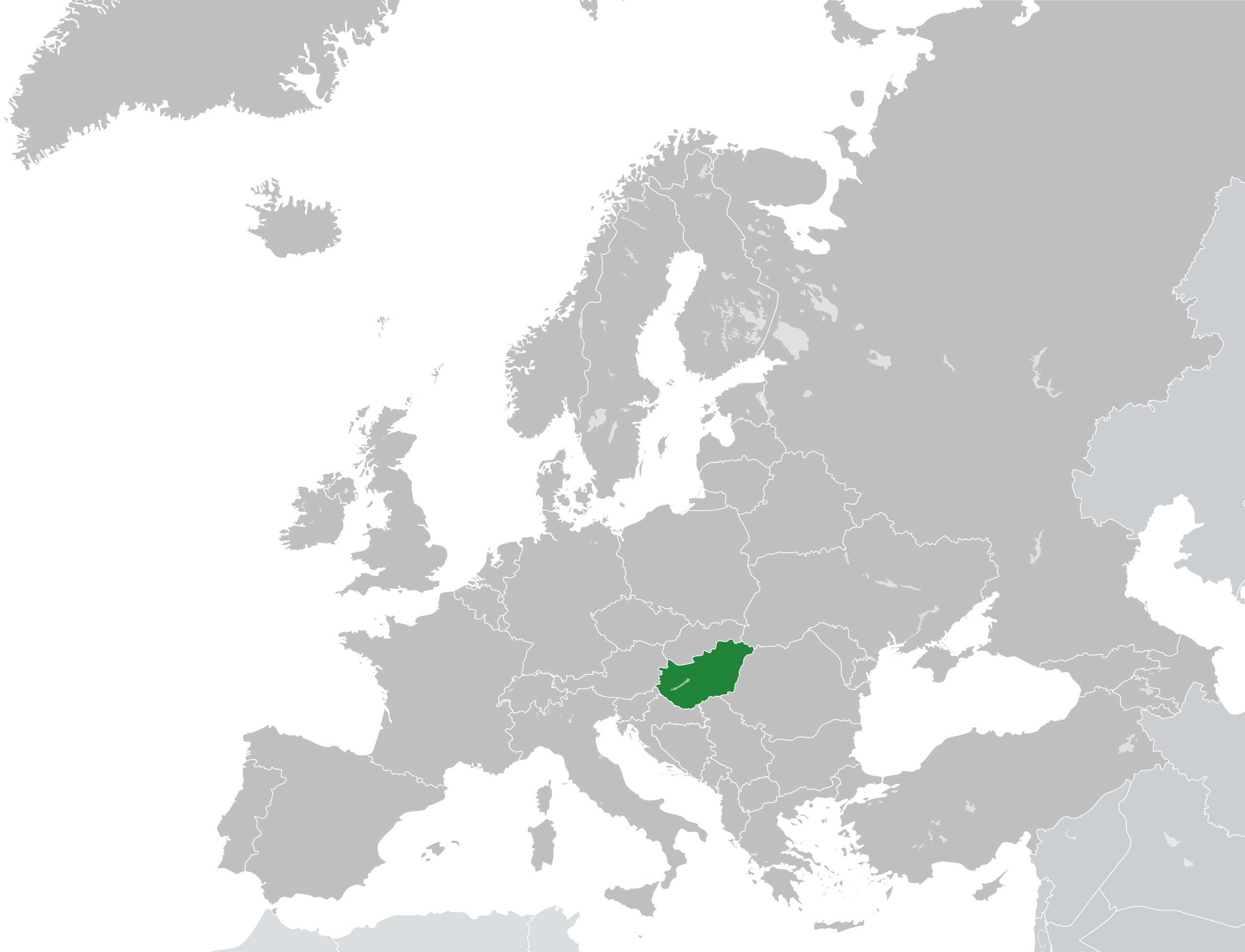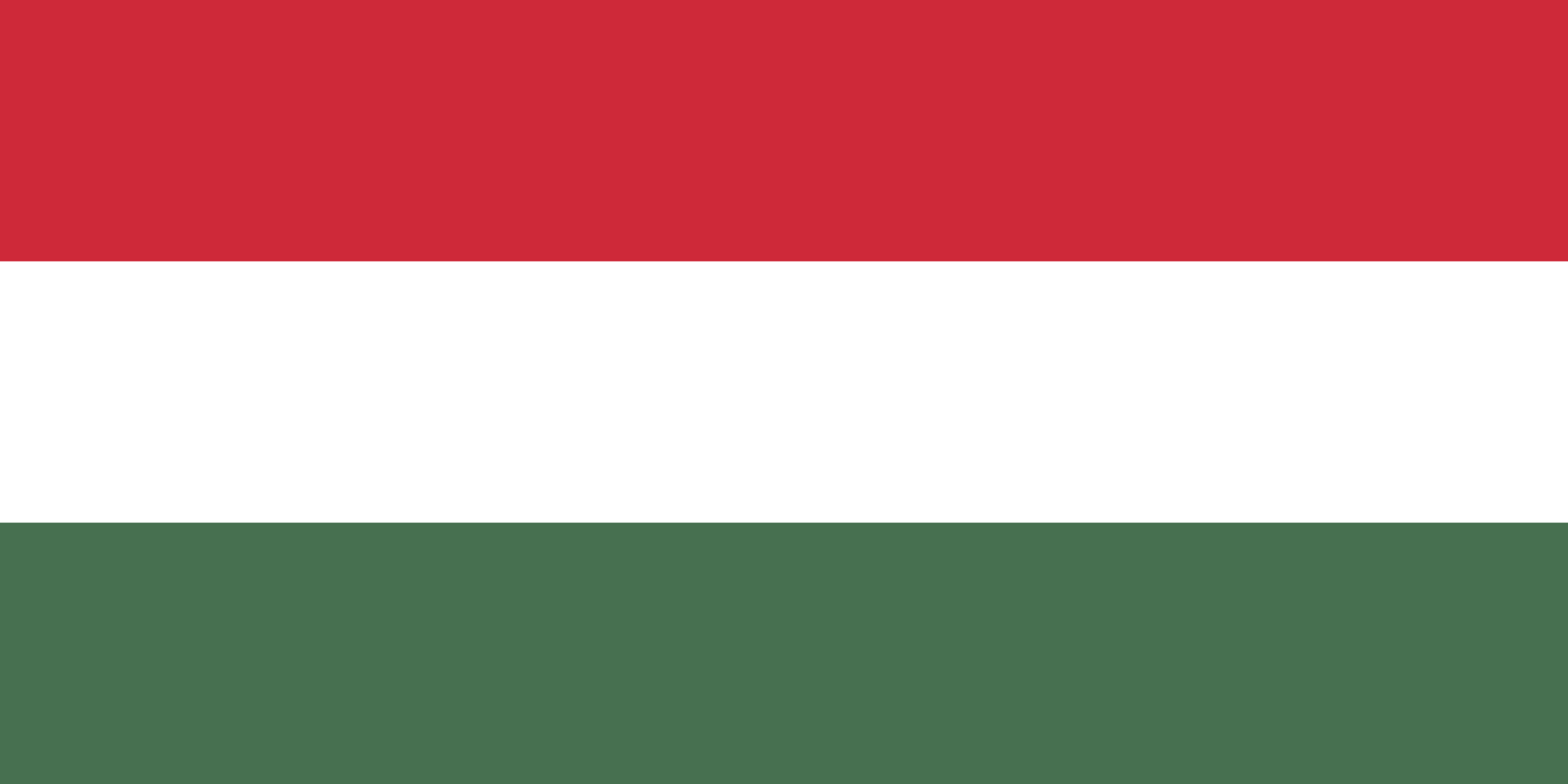More languages
More actions
(Updated Infobox country template parameter) |
No edit summary Tag: Visual edit |
||
| Line 1: | Line 1: | ||
{{Infobox country|name=Hungary|leader_title1=President|mode_of_production=[[Capitalism]]|population_estimate_year=2021|population_estimate=9,730,000|area_km2=93,030|leader_name2=[[Viktor Orbán]]|leader_name1=[[János Áder]]|leader_title2=Prime Minister|government_type=Unitary parliamentary bourgeois republic|native_name=Magyarország|official_languages=Hungarian|largest_city=[[Budapest]]|capital=[[Budapest]]|anthem=Himnusz|map_width=200|image_map=Hungary map.png|image_coat=Hungarian COA.png|image_flag=Hungarian flag.png|coa_size=50}} | {{Infobox country|name=Hungary|leader_title1=President|mode_of_production=[[Capitalism]]|population_estimate_year=2021|population_estimate=9,730,000|area_km2=93,030|leader_name2=[[Viktor Orbán]]|leader_name1=[[János Áder]]|leader_title2=Prime Minister|government_type=Unitary parliamentary bourgeois republic|native_name=Magyarország|official_languages=Hungarian|largest_city=[[Budapest]]|capital=[[Budapest]]|anthem=Himnusz|map_width=200|image_map=Hungary map.png|image_coat=Hungarian COA.png|image_flag=Hungarian flag.png|coa_size=50}} | ||
'''Hungary''' is a country in [[Europe]]. From 1949 to 1989, it was a [[Hungarian People's Republic|socialist people's republic]]. From 1988 to 1995, Hungary's poverty rate increased by 300%.<ref>{{Citation|author=Branko Milanovic|year=1998|title=Income, Inequality and Poverty during the Transition from Planned to Market Economy|page=68|pdf=https://web.archive.org/web/20210314180055/https://www.gc.cuny.edu/CUNY_GC/media/CUNY-Graduate-Center/PDF/Centers/LIS/Milanovic/papers/Income_ineq_poverty_book.pdf|city=Washington, D.C.|publisher=World Bank}}</ref> | '''Hungary''' is a country in central [[Europe]]. From 1949 to 1989, it was a [[Hungarian People's Republic|socialist people's republic]]. | ||
== History == | |||
=== Fascism === | |||
{{Main article|Kingdom of Hungary (1920–1946)}} | |||
=== Socialist era === | |||
{{Main article|Hungarian People's Republic (1949–1989)}} | |||
=== Post-Cold War === | |||
From 1988 to 1995, Hungary's poverty rate increased by 300%.<ref>{{Citation|author=Branko Milanovic|year=1998|title=Income, Inequality and Poverty during the Transition from Planned to Market Economy|page=68|pdf=https://web.archive.org/web/20210314180055/https://www.gc.cuny.edu/CUNY_GC/media/CUNY-Graduate-Center/PDF/Centers/LIS/Milanovic/papers/Income_ineq_poverty_book.pdf|city=Washington, D.C.|publisher=World Bank}}</ref> | |||
== References == | == References == | ||
[[Category:Countries]] | [[Category:Countries]] | ||
Revision as of 16:28, 19 July 2022
| Hungary Magyarország | |
|---|---|
Anthem: Himnusz | |
 | |
| Capital and largest city | Budapest |
| Official languages | Hungarian |
| Dominant mode of production | Capitalism |
| Government | Unitary parliamentary bourgeois republic |
• President | János Áder |
• Prime Minister | Viktor Orbán |
| Area | |
• Total | 93,030 km² |
| Population | |
• 2021 estimate | 9,730,000 |
Hungary is a country in central Europe. From 1949 to 1989, it was a socialist people's republic.
History
Fascism
See main article: Kingdom of Hungary (1920–1946)
Socialist era
See main article: Hungarian People's Republic (1949–1989)
Post-Cold War
From 1988 to 1995, Hungary's poverty rate increased by 300%.[1]


